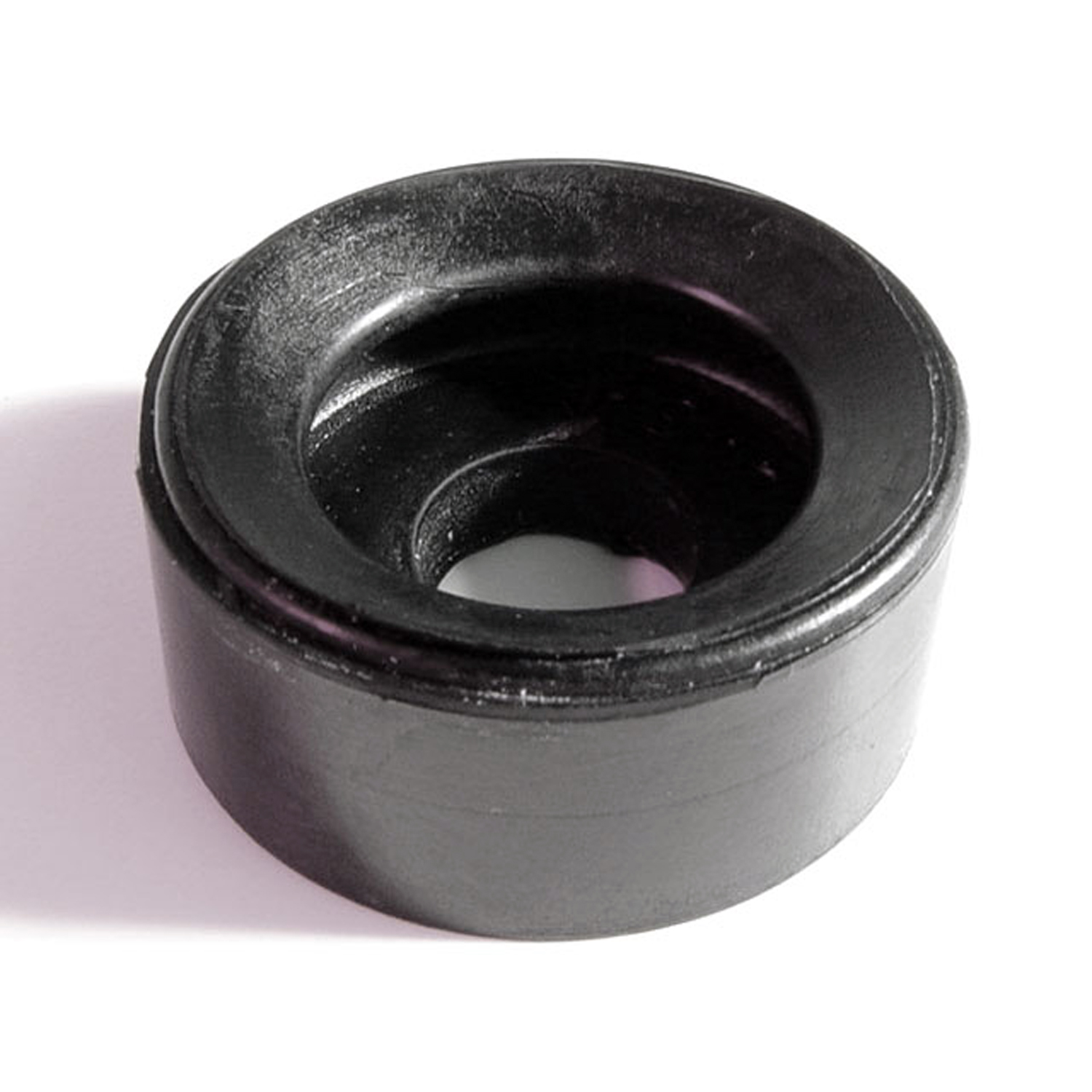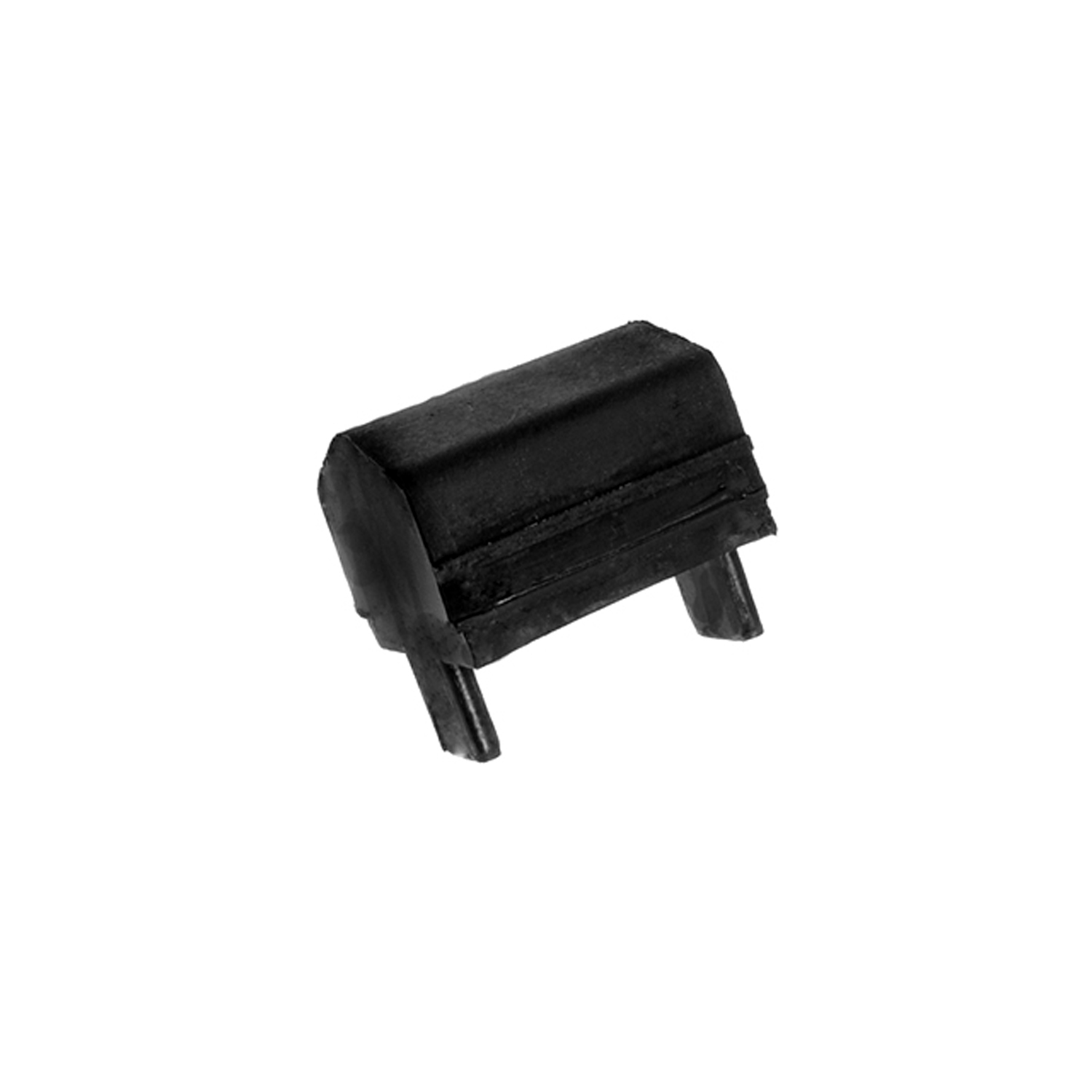Image of 1972 Plymouth Cricket, Note: These illustrations use artistic license and may differ from actual historical models.
Performance Metrics
Fundamental Metrics
Emotional Appeal
MMP Rating
| Engine Specifications | |
|---|---|
| Engine: | 1.5L I4 |
| Displacement: | 91.1 cu in (1,493 cc) |
| Horsepower: | 70 hp |
| Torque: | 80 lb-ft |
| Compression Ratio: | 8.5:1 |
| Ignition System: | Conventional |
| Cooling System: | Water-cooled |
| Performance Specifications | |
| 0-60 Time: | 16.5 seconds |
| 1/4 Mile Time: | 20 seconds |
| Top Speed: | 90 mph |
| Transmission and Drive | |
| Drive Type: | RWD (Rear Wheel Drive) |
| Transmission Type: | 4-speed manual |
| Fuel and Efficiency | |
| Fuel System Type: | Carburetor |
| MPG: | 25-30 mpg |
| Dimensions and Brakes | |
| Brakes: | Front disc, rear drum |
| Wheelbase: | 96.0 in |
| Weight: | 2,000 lbs |
Note: Specifications for classic cars are given to the best of our ability, considering the limited and variant data available.
Unveiling the 1972 Plymouth Cricket: A Transatlantic Journey in Automotive History
The year 1972 marked an intriguing chapter in the annals of automotive history with the introduction of the Plymouth Cricket. This compact car, a product of cross-continental collaboration between the American Chrysler Corporation and its British subsidiary, the Rootes Group, was an attempt to capture a slice of the burgeoning small car market in North America. The Cricket was essentially a rebadged Hillman Avenger, tailored for American tastes. Its journey from British shores to American roads encapsulates a period when automotive giants were exploring global partnerships to diversify their offerings.
A unique fact that piques interest is that despite its British roots, the Cricket was marketed as "the little car that can stand up to America." This statement was a testament to its durability and adaptability, aiming to reassure consumers of its reliability in a market dominated by domestic giants.
Design and Innovation: The 1972 Plymouth Cricket
The exterior styling of the 1972 Plymouth Cricket exuded a certain European charm with its unassuming yet functional design. The car's straight lines and modest grille presented an aesthetic that was both approachable and practical. Inside, the Cricket offered a no-frills experience with a focus on basic comfort. Materials used were typical of economy cars of the era, durable but not luxurious. Technological features were modest, with an emphasis on simplicity and ease of use. Color options ranged from vibrant hues like "Sundance Yellow" and "Spitfire Orange" to more subdued tones such as "Silver Frost Metallic," with brighter colors often catching the eye of younger buyers. Body styles included a two-door sedan, four-door sedan, and a station wagon variant. The most iconic and popular among these was arguably the two-door model, which captured the essence of compact practicality.
Historical Significance: The Legacy of the Cricket
The 1972 Plymouth Cricket's impact on automotive design may not have been revolutionary, but it represented an important moment in the globalization of car manufacturing and marketing. It set itself apart from contemporaries by being an American-branded car with a distinctly British design and engineering philosophy. Although its presence in the U.S. market was short-lived, it paved the way for future transatlantic collaborations.
Performance and Handling: The 1972 Plymouth Cricket Experience
Performance-wise, the Cricket came equipped with either a 1.5-liter or a 1.6-liter four-cylinder engine that delivered modest power. Top speed and acceleration were adequate for city driving but did not stand out in an era where muscle cars ruled the streets. Handling was generally considered nimble for its class, with drivers appreciating its ability to navigate urban environments with ease. The driving experience was characterized by a straightforward connection between driver and machine—no frills, just function—with engine sounds that were more utilitarian than exhilarating.
Ownership Experience: Living with a 1972 Plymouth Cricket
The Plymouth Cricket served primarily as an economical daily driver rather than as a show car or racing machine. Its maintenance and reliability were on par with other economy cars of its time; simple mechanicals meant repairs could often be managed by the average owner.
Fun Facts: The Quirky Side of the 1972 Plymouth Cricket
While not known for breaking records or high-profile celebrity ownerships, the Cricket did have its quirks. For instance, some models featured uniquely patterned vinyl roofs that added a touch of personality to this otherwise understated vehicle. Common criticisms included underwhelming power output and rust issues—a common plight for many vehicles of this era.
Collector's Information: The Market for a 1972 Plymouth Cricket
Today, finding a 1972 Plymouth Cricket can be quite rare; production numbers were not exceedingly high, and many have not survived through the decades. As for value range, well-preserved examples could fetch anywhere from $2,000 to $10,000 depending on condition and originality. Price trends suggest that while Crickets are not rapidly appreciating assets, they maintain steady interest among niche classic economy car enthusiasts.
Conclusion: Reflecting on the 1972 Plymouth Cricket's Journey
The 1972 Plymouth Cricket may not have left tire tracks as deep as other classics in automotive history, but it remains an interesting footnote that reflects an era's experimentation with globalization in car manufacturing. Its significance lies not in raw performance or groundbreaking innovation but in its embodiment of an industry at crossroads—striving to meet diverse consumer demands amid changing economic landscapes.
1972 Plymouth Cricket Catalog of Parts
 1972 Plymouth Cricket Spring and Shackle Bushing. 1" bottom O.D-BN 20Spring and Shackle Bushing. 1" bottom O.D. X 1-5/8" high, with 9/16" I.D. Each
1972 Plymouth Cricket Spring and Shackle Bushing. 1" bottom O.D-BN 20Spring and Shackle Bushing. 1" bottom O.D. X 1-5/8" high, with 9/16" I.D. Each 1972 Plymouth Cricket Shock Absorber Grommet. 1-1/4" bottom O.D-BN 8Shock Absorber Grommet. 1-1/4" bottom O.D., 1" high, with 3/4" I.D. Each
1972 Plymouth Cricket Shock Absorber Grommet. 1-1/4" bottom O.D-BN 8Shock Absorber Grommet. 1-1/4" bottom O.D., 1" high, with 3/4" I.D. Each 1972 Plymouth Cricket Door Bumper. 5/8" wide, made from extrusion. Each-DB 52Door Bumper. 5/8" wide, made from extrusion. Each
1972 Plymouth Cricket Door Bumper. 5/8" wide, made from extrusion. Each-DB 52Door Bumper. 5/8" wide, made from extrusion. Each 1972 Plymouth Cricket Hood Adjustment Bolt and Bumper-HA 8Hood Adjustment Bolt and Bumper. 1-3/16" diameter rubber head. 5/16" thick X 18 threads/inch X 1-1/4" long bolt. Each
1972 Plymouth Cricket Hood Adjustment Bolt and Bumper-HA 8Hood Adjustment Bolt and Bumper. 1-3/16" diameter rubber head. 5/16" thick X 18 threads/inch X 1-1/4" long bolt. Each 1972 Plymouth Cricket Hood Adjustment Bumper. 1-1/4" O.D-HA 8-AHood Adjustment Bumper. 1-1/4" O.D., 3/4" large hole, 7/16" small hole, 1/2" thick. Each
1972 Plymouth Cricket Hood Adjustment Bumper. 1-1/4" O.D-HA 8-AHood Adjustment Bumper. 1-1/4" O.D., 3/4" large hole, 7/16" small hole, 1/2" thick. Each 1972 Plymouth Cricket Nylon Lock Cylinder Gasket. 1-1/4" O.D., 7/8" I.D. Each-UM 2700-104Nylon Lock Cylinder Gasket. 1-1/4" O.D., 7/8" I.D. Each
1972 Plymouth Cricket Nylon Lock Cylinder Gasket. 1-1/4" O.D., 7/8" I.D. Each-UM 2700-104Nylon Lock Cylinder Gasket. 1-1/4" O.D., 7/8" I.D. Each 1972 Plymouth Cricket Rear Axle Pinion Snubber. Each-XB 80-ARear Axle Pinion Snubber. Each
1972 Plymouth Cricket Rear Axle Pinion Snubber. Each-XB 80-ARear Axle Pinion Snubber. EachWhy Choose Metro?
For over 100 years, Metro Moulded Parts has been the pinnacle of quality in classic car restoration parts. Our commitment to precision and authenticity in every component ensures a perfect fit and an OEM-level appearance.
- Expert Craftsmanship & Quality: Each part is a testament to our dedication to reliability and perfection, crafted from original designs and thoroughly tested.
- Advanced Technology: We use cutting-edge techniques to create flawless, long-lasting parts that surpass others in performance.
- SuperSoft Sponge – The Ultimate Door Seal: Not only are our door seals 30% softer than competitors', but they're also guaranteed to never leak. They effectively reduce wind and road noise, enhancing your classic car's comfort and driving experience.
- Proudly American: Our parts are a product of American craftsmanship, made in the USA with a spirit of excellence and heritage.
- Unrivaled Warranty: We back our products with a 30-year industry-leading warranty, a testament to our confidence in their quality.
Join us in preserving the legacy of classic cars with parts that are crafted for perfection, not just made.

